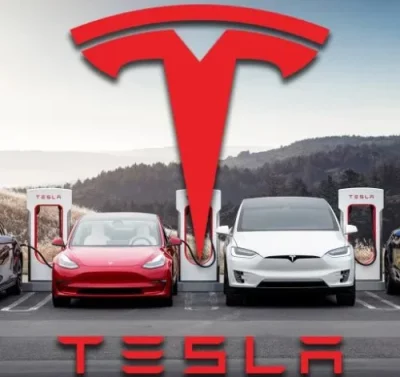Due to excessive rainfall and crop damage, the new average retail price of common garden vegetables jumped from Rs 60-80 previously in the metro, including Mumbai, to Rs 120-140 per kg.
Rising food inflation has been a concern for both consumers and policymakers in India since early this year. Oil and gas prices were rising and the off-season added to the problem for Indian farmers and consumers.
Retailers have linked past inclement weather to rising vegetable prices. Vegetable vendors say the vegetables lying in the fields are rotting from the constant rain. This market situation was due to the lack of vegetables that could not reach the market and the general public.
“Tomatoes have wilted in all growing areas due to heavy rainfall. Good red fruit costs Rs 40-50 wholesale so naturally retail rates are Rs 60-80. The situation will improve only after the new crop arrives in mid-November. The same is the case with other vegetables. Only 20-30% of the current crop is of good quality. The remaining is average or below par,” Shankar Pingale, director at APMC Vashi.
Many farmers across India report experiencing crop losses. This means that food prices, which have already reached their highest levels in more than two years, can remain high without falling post-harvest as usual. The millions of rural poor in India, particularly affected, will suffer from crop failures and high prices. Prices for vegetables, milk, legumes, and cooking oil, which together with grains account for more than a quarter of the total consumer price index, are rising and are likely to remain high over the coming months.
The Reserve Bank of India (RBA) said in a recent bulletin that inflation is bullish but will fall from September levels and the fight against inflation will be “obstinate and long”.
During the previous month, India extended the world’s largest free food program for the poor by three months to December, but merchants say the program can’t be extended any longer as food stocks shrink. The state’s wheat stocks were 22.7 million tonnes as of October 1, down from 46.9 million tonnes in the previous year.
“Higher food inflation does tend to act as a regressive tax on the poor,” said Yuvika Singhal, an economist at Quantico Research. “In a post-pandemic world, it can stand to perpetuate the K-shaped economic recovery and widen income inequalities further.”















